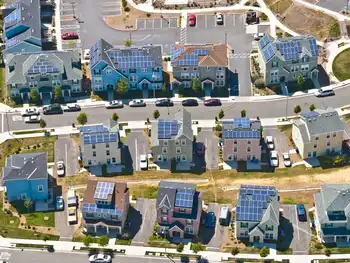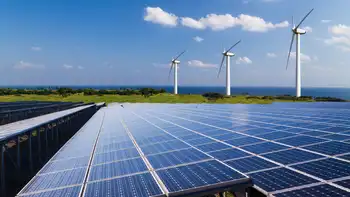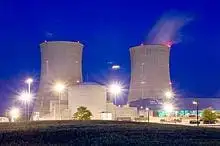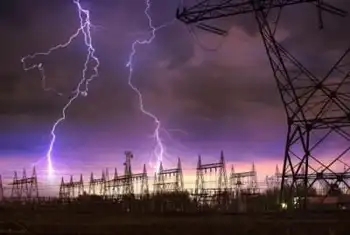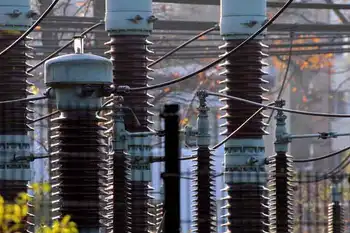Poland turns to nuclear to reduce dependence on coal
By Industrial Info Resources
Protective Relay Training - Basic
Our customized live online or in‑person group training can be delivered to your staff at your location.

- Live Online
- 12 hours Instructor-led
- Group Training Available
However, these coal-fired plants produce high levels of carbon-dioxide (CO2) emissions, and Poland is attempting to meet stringent European Union (EU) requirements regarding CO2 emissions by reintroducing nuclear power plants.
Poland currently generates more electricity than it uses and exports mainly to the Czech Republic and Slovakia. However, domestic consumption in Poland is expected to grow by as much as 90% by 2025. With nearly half of the country's natural gas supplies coming from Russia, new, cleaner and more reliable sources of power generating capacity are required.
In the 1980s, four Russian 440-WER units, each with a power generation capacity of 440 megawatts (MW), were being developed in Zarnowiec in northern Poland. However, after the Chernobyl nuclear power station accident in April 1986, these projects were canceled and the resources were sold.
In 2005, Poland's cabinet decided to diversify the country's electricity portfolio and opted to investigate nuclear as an alternative. A feasibility study in 2006 proposed that the generation of 11 gigawatts (GW) of power from nuclear sources would be optimal but too expensive. The target was lowered to 4.5 GW from nuclear sources by 2030. In 2008, the Minister of Economy announced plans for the first nuclear plant to be built by 2023 in Zarnowiec.
In January 2009, state-owned Polska Grupa Energetyczna SA (PGE) announced plans for two 3,000-MW nuclear power plants to be built in the northern and eastern regions of the country. The first of these is scheduled to be commissioned in 2020, followed by the second plant two or three years afterward.
In mid-May, it was announced that preparations for the construction of the first nuclear plant, with an investment of about $4.97 billion, had already started in the Pomorskie region, while the second plant will be built in the Pomorskie, Podlaskie or Wielkopolskie regions.
In 2006, Poland agreed to cooperate with Lithuania, Estonia and Latvia to build a large nuclear reactor in Visaginas, Lithuania. The plant is intended to replace the previous obsolete nuclear plant in Ignalina that Lithuania was forced to close as a condition of its entry into the EU in May 2004.
The Lithuanian Energy Organization was formed in May 2008 by Lithuania's government in conjunction with PGE and energy companies from Estonia and Latvia to oversee the construction of the new plant.
Under the agreement, Poland expects to obtain 1,000 MW of electricity from the project, named the "Baltic States power plant," which will have a generating capacity of about 3,300 MW. To gain access to this power, a 400-kilovolt, 1,000-MW cable connection between Poland and Lithuania will be built, with construction planned for completion by 2015.





